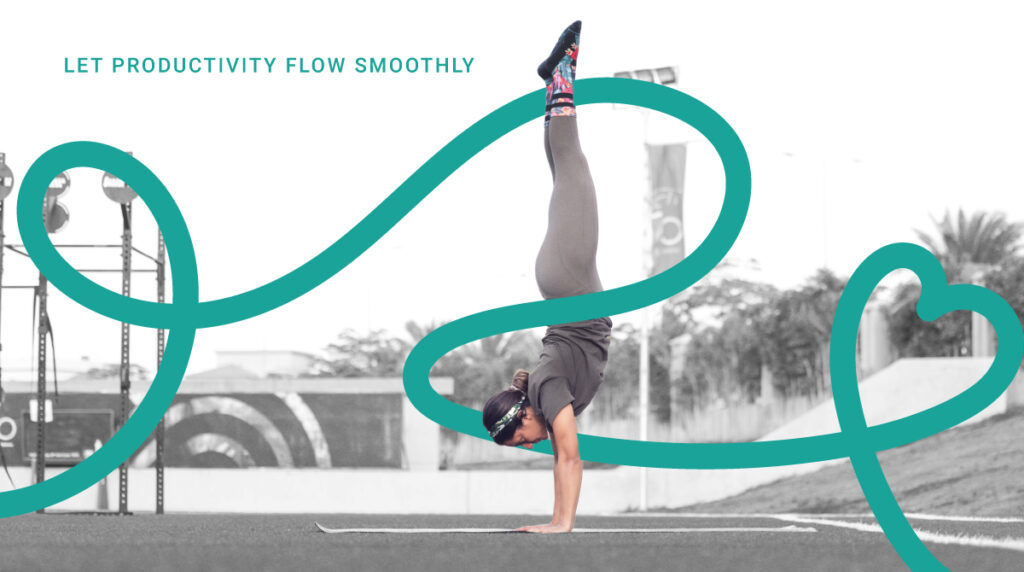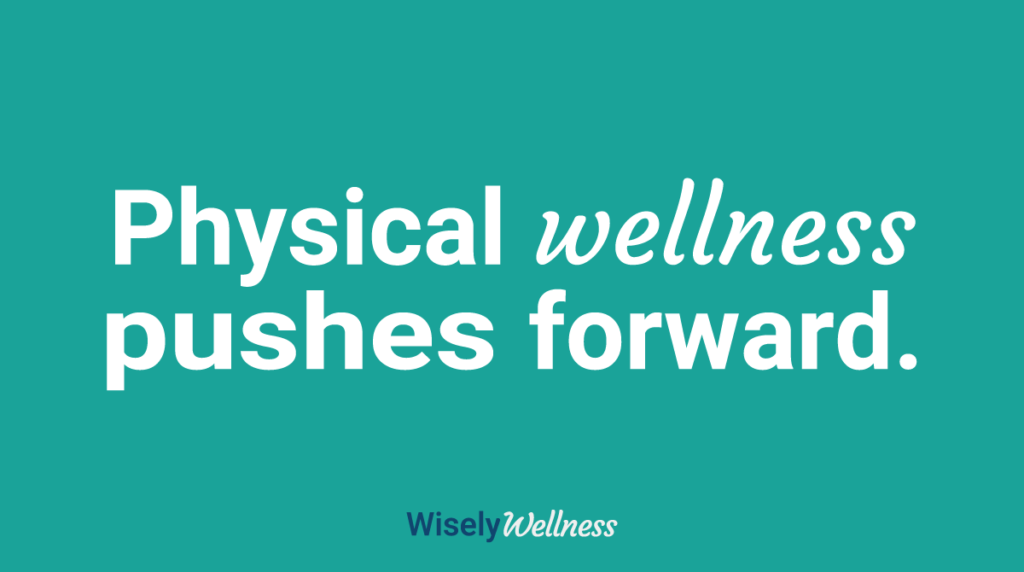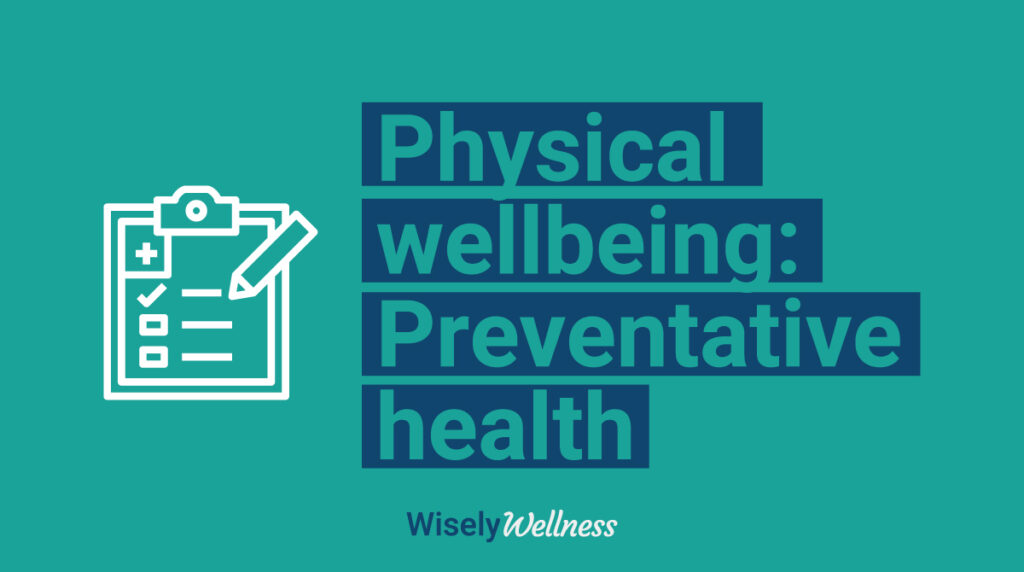- Your cart is empty
- Continue Shopping
A Step-by-Step Guide to Implementing Workplace Wellness Assessments
A Step-by-Step Guide to Implementing Workplace Wellness Assessments
Learn how to implement workplace wellness assessments the right way. This step-by-step guide helps you plan, communicate, and roll out assessments that actually work.
Wellness assessments are one of the most powerful tools for understanding employee health and planning smarter well-being initiatives. But to get real value from them, they need to be implemented with the right strategy, communication, and follow-through.
In this guide, we’ll walk you through every step of rolling out a workplace wellness assessment, from setting goals to acting on the results, so you can get meaningful insights without overwhelming your team.
1.
Define Your Objectives
Before you choose an assessment tool or invite employees to participate, get clear on why you’re doing it.
Are you trying to:
- Benchmark current health and stress levels?
- Identify risks within a specific department?
- Support an upcoming wellness program?
- Improve insurance planning or renewals?
When you define your objectives upfront, it becomes easier to select the right tools, explain the process to employees, and ensure the data leads to action. Without a clear purpose, even the best wellness assessments can fall flat.
2.
Choose the Right Assessment Tool
Not all wellness assessments are created equal. Some are basic self-checks, while others are backed by science and designed to provide both personal insights and organizational data.
Look for tools that:
- Align with your wellness goals
- Cover both physical and mental health dimensions
- Offer clear reports for employees and aggregated insights for HR
- Protect employee privacy
- Are easy to access across devices
The tool you choose will shape the entire experience. Make sure it’s built for the workplace, not just for individuals. Check out this list of available wellness assessments
3.
Use the 4 Ps to Communicate with Confidence
Clear communication is critical to a successful wellness assessment rollout. To build trust and encourage participation, follow the 4 Ps:
1. Purpose
Explain why you’re doing the assessment. Is it to improve workplace well-being? Identify stress risks? Plan future wellness initiatives? Employees are more likely to engage when they understand the reason behind it.
2. Process
Share exactly what to expect. How long will it take? Will it be done online or in-person? What kind of questions are included? Set expectations early to remove hesitation.
3. Privacy
Make your data policy crystal clear. Reassure employees that individual results are 100% confidential and will never be shared with HR. Only group-level insights will be used for planning.
4. Post-Assessment
Let employees know what happens next. Will they receive a personal report? Will the company take action based on results? Showing that the assessment leads to something meaningful builds trust and accountability.
When you frame communication around these 4 Ps, you create transparency, build credibility, and boost participation.
4.
Make the Rollout Easy and Accessible
If the rollout feels complicated, participation will drop. To get the best response, make the process as smooth and accessible as possible.
Here’s how to do it well:
- Choose the right timing: Avoid peak workload periods, audits, or major company events.
- Use multiple channels: Send reminders via email, Slack, posters, or intranet.
- Give employees flexibility: Allow them to complete the assessment during work hours, from their preferred device.
- Offer tech support or a contact person: In case of login issues or questions, make help easy to reach.
- Create a deadline, not pressure: Set a clear completion window, but don’t make it feel forced.
The easier it is to participate, the more reliable and complete your wellness data will be.
5.
Share the Results and Take Action
Wellness assessments only create value when the results lead to something meaningful. Once data is collected, the next step is to close the loop — both with employees and with your leadership team.
Here’s how:
For Employees:
Make sure each person receives their own private report, with a clear breakdown of their scores and simple recommendations for improvement.
For HR and Leadership:
Share anonymized, group-level insights with key stakeholders. Use visuals like heatmaps or trend charts to highlight high-risk areas and opportunities for growth.
For the Organization:
Take visible action based on what the data reveals. This might mean offering stress management workshops, redesigning break policies, or launching a physical activity challenge.
When employees see that their input leads to action, they’re far more likely to participate in future wellness initiatives.
6.
Keep Measuring and Improving Over Time
A single wellness assessment is a great start, but the real value comes from tracking progress and adjusting over time.
Here’s how to make it part of your long-term wellness strategy:
- Repeat regularly: Schedule assessments quarterly or biannually to monitor changes, spot new trends, and measure program impact.
- Track engagement: Use participation rates and feedback to improve how assessments are communicated and delivered.
- Connect to broader wellness efforts: Link assessment insights to ongoing programs like coaching, nutrition, stress management, or ergonomics.
- Share wins: Celebrate improvements across departments or the company as a whole. This reinforces trust and keeps momentum going.
Consistent measurement turns wellness from a one-off campaign into a sustainable, data-informed culture.
Frequently Asked Questions
Frequently Asked Questions
What is a workplace wellness assessment?
A workplace wellness assessment is a tool used by companies to evaluate employee health, stress levels, and lifestyle habits. It helps organizations plan targeted wellness programs and improve overall well-being.
How do I implement a wellness assessment at work?
Start by setting clear objectives, choosing the right tool, and communicating the process to employees. Roll it out in a simple, secure way, then use the results to take meaningful action.
Who should manage the wellness assessment process?
It’s typically led by the HR or People team, often in partnership with a wellness provider who handles logistics, data privacy, and reporting.
Are employee results shared with management?
No. Individual results are private. Only group-level insights are shared with HR or leadership for planning purposes.
How often should companies run wellness assessments?
Most organizations run them every 6 to 12 months to track trends, measure progress, and stay aligned with employee needs.
What should companies do after a wellness assessment?
Companies should provide each employee with their results and follow up with targeted programs such as coaching, stress management, or ergonomics, based on the data.
In Conclusion
In Conclusions
A wellness assessment isn’t just a form, it’s a turning point. When done right, it gives your team clarity, your organization direction, and your wellness efforts real purpose.
By following a structured rollout process, communicating clearly, and acting on the results, you create more than a report. You create a healthier, more engaged, and more resilient workplace.
The next step is simple: get started with a plan that works.

Wisely Wellness
At Wisely Wellness, we empower businesses to enhance employee well-being through tailored insights and proactive strategies
Boost Employee Wellness Today
Discover how our tailored corporate wellness programs can improve productivity, morale, and retention in your workplace. Take the first step toward a healthier, happier, and more productive team
Ready to roll out a wellness assessment?
Partner with Wisely Wellness to bring structured, science-backed assessments to your team, fully managed and built for real impact.

 Egypt
Egypt  UAE
UAE KSA
KSA



